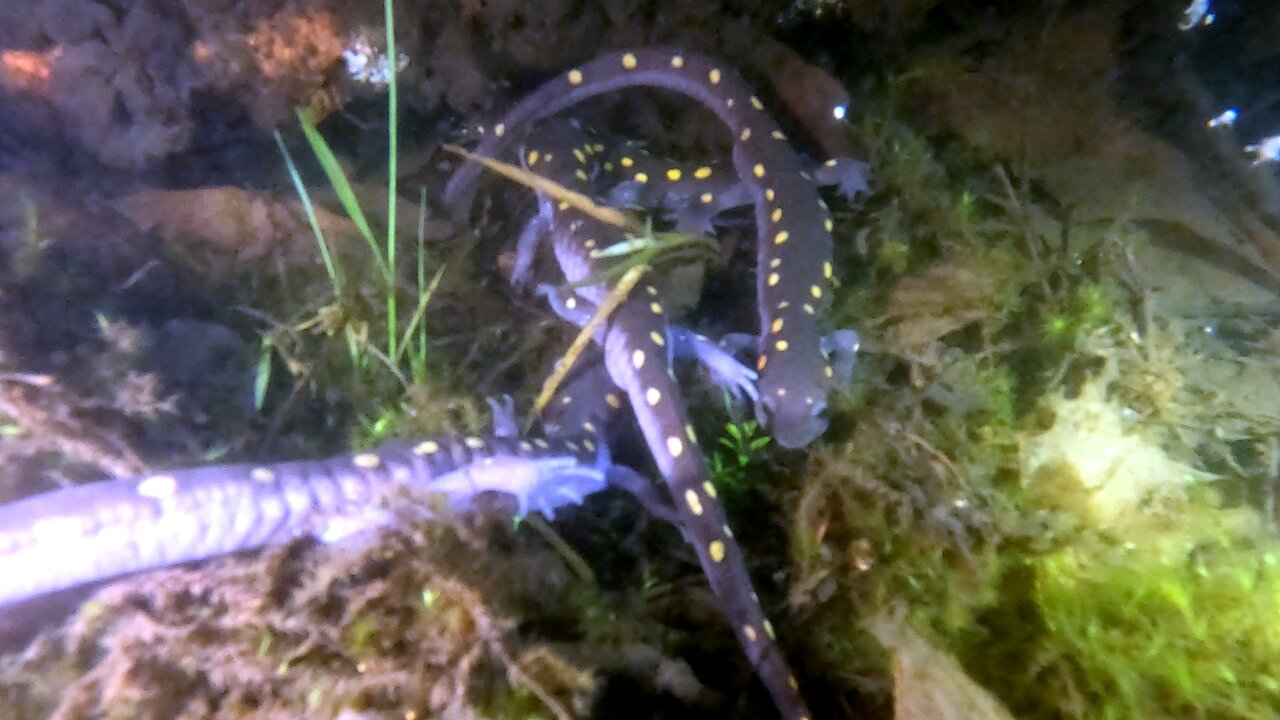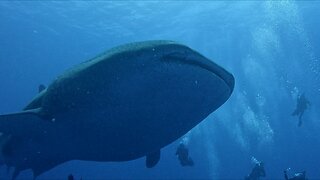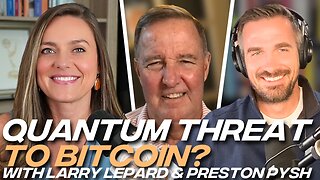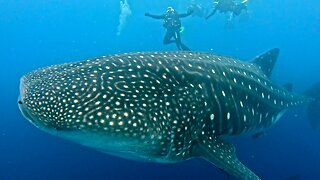Premium Only Content

Midnight snorkelers capture incredible salamander migration
Every spring, yellow-spotted salamanders migrate to vernal ponds to breed. The result is a frenzy of activity that lasts only 2-3 nights each year. It is a spectacle to behold. The salamanders make their long journey from the surrounding forest under the cover of darkness, usually after a rainfall. The males arrive at the pond first, depositing spermatophores on the leaves and branches in shallow water. The females come soon after, gathering up the spermatophores to fertilize the eggs that they are waiting to deposit.
Soon after the eggs are fertilized, the female will attach herself to a submerged plant stem or twig and she will release the eggs. The eggs are protected by a sticky, gelatinous mass that deters predators as the eggs develop for approximately 30 days. The eggs hatch into tadpoles, similar to frogs and toads. They spend their first few months in the water, breathing through gills.
Salamanders are amphibians. Once they leave the water, they spend most of their lives underground, occasionally coming out of their burrows to feed and also for breeding season in March to May each year. They are rarely seen, although they are plentiful in the forests that they inhabit.
Salamanders excrete a toxic, milky fluid when they are threatened. Salamanders are a major food source for birds, raccoons, foxes and other animals.
Salamanders feed on earthworms, spiders, slugs, snails, and other insects. They have the amazing ability to grow a new tail and new limbs if one is severed.
A salamander has the unique ability to lay two different types of egg masses. One type has a water-soluble, protein-based gel. The other type has a hydrophobic protein-based gel. This is believed to prevent predation by wood frogs. These eggs are combined with an algae that produces oxygen and removes carbon dioxide and nitrogen waste from developing embryos.
The complex relationships between organisms are only beginning to be understood. The health of our forests and our ecosystems depends on the survival of all species, no matter how small.
-
 1:33
1:33
WildCreatures
1 month ago $0.39 earnedGigantic whale shark makes scuba divers look like tiny tadpoles
2.15K5 -
 16:38
16:38
James Klüg
18 hours agoFOOD STAMPS RAN OUT, Will People Loot?
13.8K27 -
 23:56
23:56
Producer Michael
17 hours agoBuying My Wife a $500,000 Diamond Necklace!
3.97K10 -
 22:31
22:31
Jasmin Laine
15 hours agoLara Trump SILENCES Liberal Canada—Bank ADMITS We Have NO Other Options
5.02K15 -
 16:34
16:34
Rethinking the Dollar
18 hours agoMetals Capped, Crypto Held Back: How Banks Are Quietly Building A Digital Finance Empire
4.03K8 -
 38:21
38:21
Uncommon Sense In Current Times
16 hours agoWho You Really Are | Dr. Neil Anderson on Identity, Freedom & the Power of Truth in Christ
13.2K3 -
 8:05
8:05
Millionaire Mentor
19 hours agoMegyn Kelly SHOCKED As Hunter Biden Spills Kamala’s Dirty Secret
4.98K6 -
 9:26
9:26
TheSaltyCracker
15 hours agoHero Cop Puts Down Lunatic Holding a Kid Hostage at Knife Point
25.5K190 -
 1:27:58
1:27:58
Coin Stories with Natalie Brunell
16 hours agoQuantum Threat to Bitcoin? Pysh & Lepard Break Down Quantum, A.I. Displacement and Growing Socialism
4.06K3 -
 3:53
3:53
WildCreatures
3 days ago $0.15 earnedSwimming With the Giants, Whale Sharks of Darwin Island
5.15K3